Understanding how mucus changes, and what it changes in response to, can help diagnose illnesses and develop treatments. In APL Bioengineering, researchers develop a system to grow mucus-producing intestinal cells and study the characteristics of the mucus in different conditions.
Tag: Stanford University
Machine Listening: Making Speech Recognition Systems More Inclusive
One group commonly misunderstood by voice technology are individuals who speak African American English, or AAE.
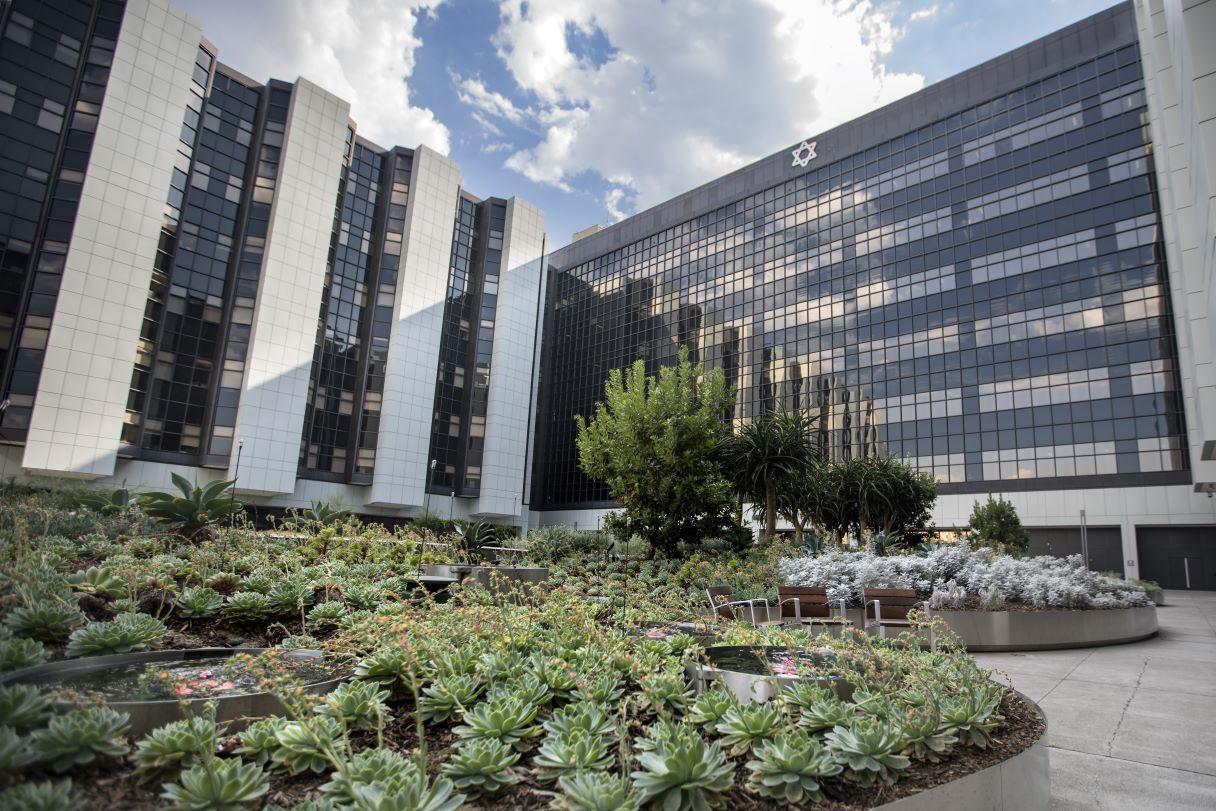
Curtis L. Cetrulo, Jr., MD, Selected as Lyon Family Chair in Plastic Surgery
Curtis L. Cetrulo Jr., MD, vice chair of Research in the Department of Surgery and director of the Division of Plastic Surgery, has been selected as the General William and Willa Dean Lyon Family Chair in Reconstructive and Plastic Surgery.
A battery’s hopping ions remember where they’ve been
Scientists discover that ions hopping through a battery electrolyte can reverse direction in response to a jolt of voltage and briefly return to their previous positions – .the first indication that the ions remembered, in a sense, where they had just been.
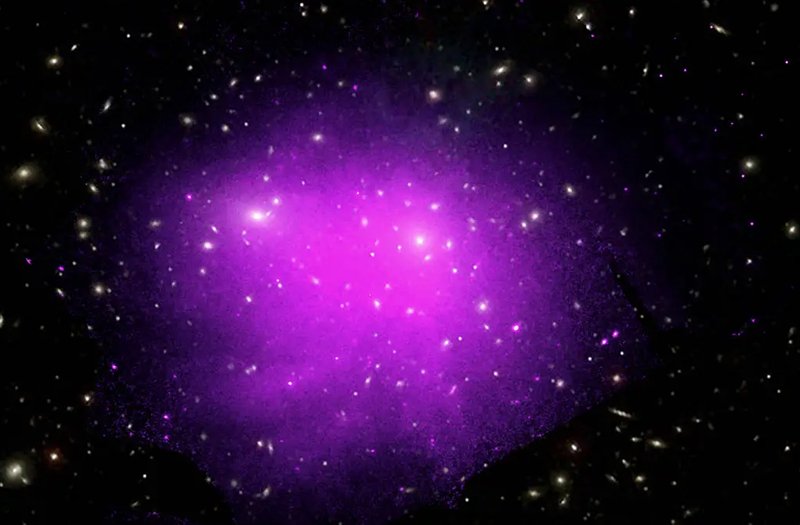
Testing the Evolution of the Universe with Galaxy Clusters
100 billion – there are at least that many stars in our Milky Way. It seems like an unimaginable number. Yet astrophysicists study structures in our universe that are far bigger than galaxies alone.
Cedars-Sinai Welcomes New Plastic Surgery Leader
Cedars-Sinai has selected Curtis L. Cetrulo Jr., MD, as the new vice chair of Research in the Department of Surgery, director of the Division of Plastic Surgery and director of Vascularized Composite Allotransplantation Program Development.
American Thyroid Association® Announces Award Recipients
American Thyroid Association awards honor clinicians, academicians with outstanding contributions to advancing thyroid research and care.
A foundation that fits just right gives superconducting nickelates a boost
Researchers at SLAC and Stanford found a way to make thin films of an exciting new nickel oxide superconductor that are free of extended defects. This improved the material’s ability to conduct electricity with no loss and revealed that it’s more like superconducting cuprates than previously thought.
SLAC, Stanford researchers make a new type of quantum material with a dramatic distortion pattern
The resulting distortions are ‘huge’ compared to those in other materials, and represent the first demonstration of the Jahn-Teller effect in a layered material with a flat, planar lattice, like a high-rise building with evenly spaced floors.
Weaponizing Part of the SARS-CoV-2 Spike Protein Against Itself to Prevent Infection
ROCKVILLE, MD – The virus that causes COVID-19, called SARS-CoV-2, uses its spike protein in order to stick to and infect our cells. The final step for the virus to enter our cells is for part of its spike protein to act like a twist tie, forcing the host cell’s outer membrane to fuse with the virus. Kailu Yang, in the lab of Axel Brunger, colleagues at Stanford University, and collaborators at University of California Berkely, Harvard Medical School, and University of Finland have generated a molecule based on the twisted part of the spike protein (called HR2), which sticks itself onto the virus and prevents the spike protein from twisting.
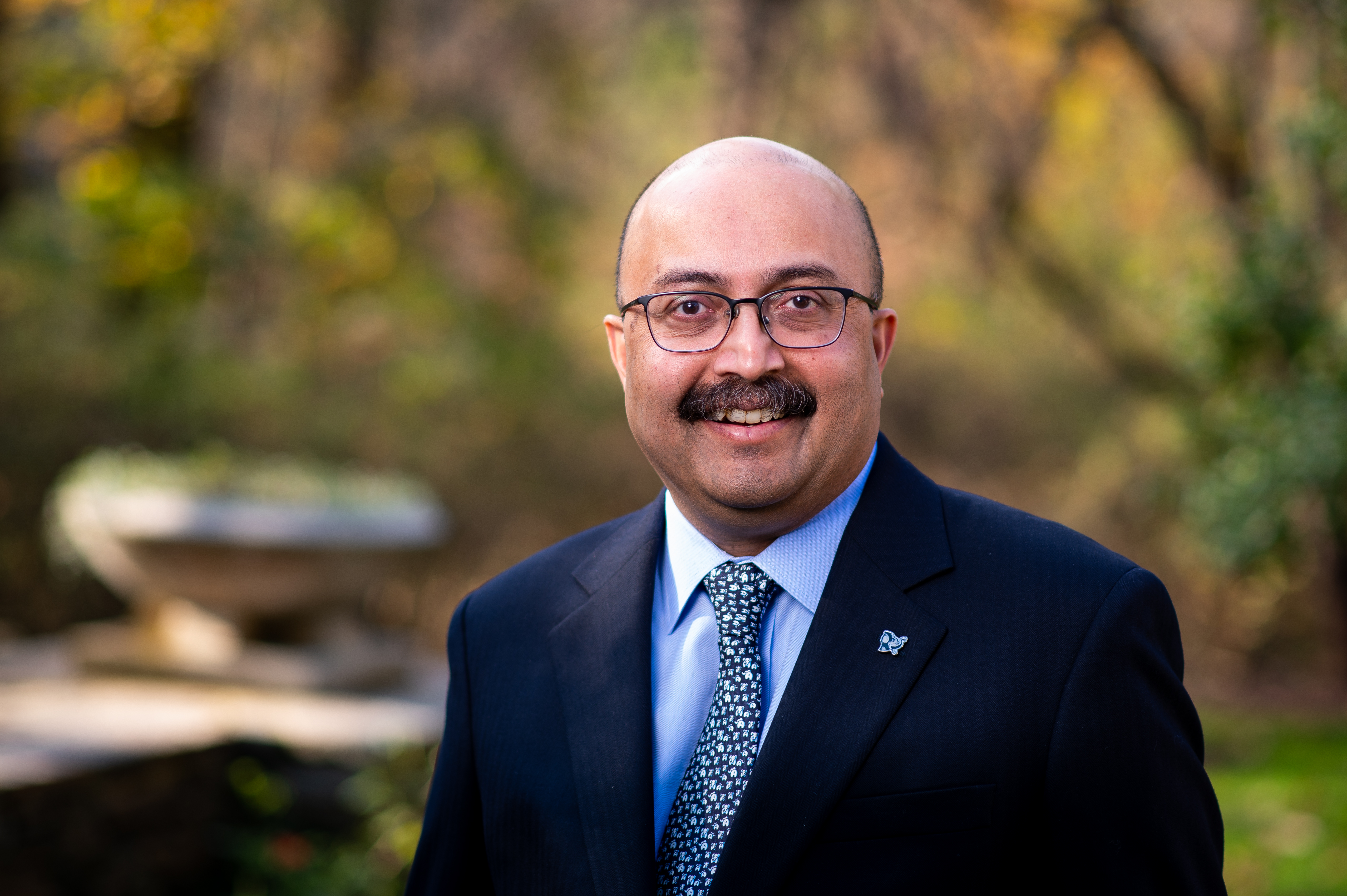
Sunil Kumar Appointed Tufts University’s Next President
Sunil Kumar, provost and senior vice president for academic affairs at Johns Hopkins University, has been named the next president of Tufts University by the Board of Trustees.
Chi-Chang Kao to step down as SLAC National Accelerator Laboratory director
Chi-Chang Kao has decided to return to research after serving 10 years as director of the Department of Energy’s (DOE) SLAC National Accelerator Laboratory. He will continue in the lab director role until a replacement is found.
A new leap in understanding nickel oxide superconductors
Unconventional superconductors contain a mix of weird quantum states. SLAC and Stanford researchers found one of them – frozen electron ripples known as charge density waves – in a nickelate superconductor they discovered three years ago.
How a soil microbe could rev up artificial photosynthesis
When it comes to fixing carbon, plants have nothing on soil bacteria that can do it 20 times faster. The secret is an enzyme that “juggles” reaction ingredients. Scientists hope to optimize this process for producing fuels, antibiotics and other products from CO2.
A simple way to get complex semiconductors to assemble themselves
A new way to make complex, layered semiconductors is like making rock candy: They assemble themselves from chemicals in water. The method will aid design and large-scale production of these materials.
After 20 years of trying, scientists succeed in doping a 1D chain of cuprates
After 20 years of trying, scientists doped a 1D copper oxide chain and found a surprisingly strong attraction between electrons that may factor into the material’s superconducting powers.
A new approach creates an exceptional single-atom catalyst for water splitting
Anchoring individual iridium atoms on the surface of a catalyst made them a lot better at splitting water – a reaction that’s been a bottleneck in making sustainable energy production more competitive.
A detailed study of nickelate’s magnetism finds a strong kinship with cuprate superconductors
Are new nickelate superconductors close kin to the original high-temperature superconductors, the cuprates? The first study of their magnetic properties says the answer is yes. Scientists from SLAC, Stanford and Diamond Light Source found important similarities but also subtle differences between the two.
Scientists discover how oxygen loss saps a lithium-ion battery’s voltage
SLAC and Stanford scientists took a unique and detailed nanoscale look at how oxygen seeps out of lithium-ion battery electrodes, sapping their energy over time. The results could suggest a fix.
First nanoscale look at a reaction that limits the efficiency of generating clean hydrogen fuel
Transitioning to a hydrogen economy will require massive production of cheap, clean hydrogen gas for fuel and chemical feedstocks. New tools allow scientists to zoom in on a catalytic reaction that’s been a bottleneck in efforts to generate hydrogen from water more efficiently.
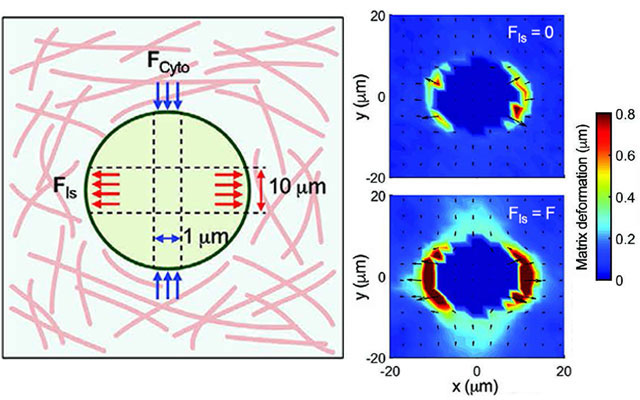
Supercomputers Illustrate the Mechanical Process of Cancer Growth
According to the World Health Organization, one in six worldwide deaths are attributed to cancer, but not due to initial malignant tumors. They were caused by the spread of cancer cells to surrounding tissues, which consist largely of collagen. That was the focus of a recent study by Stanford University and Purdue University researchers.
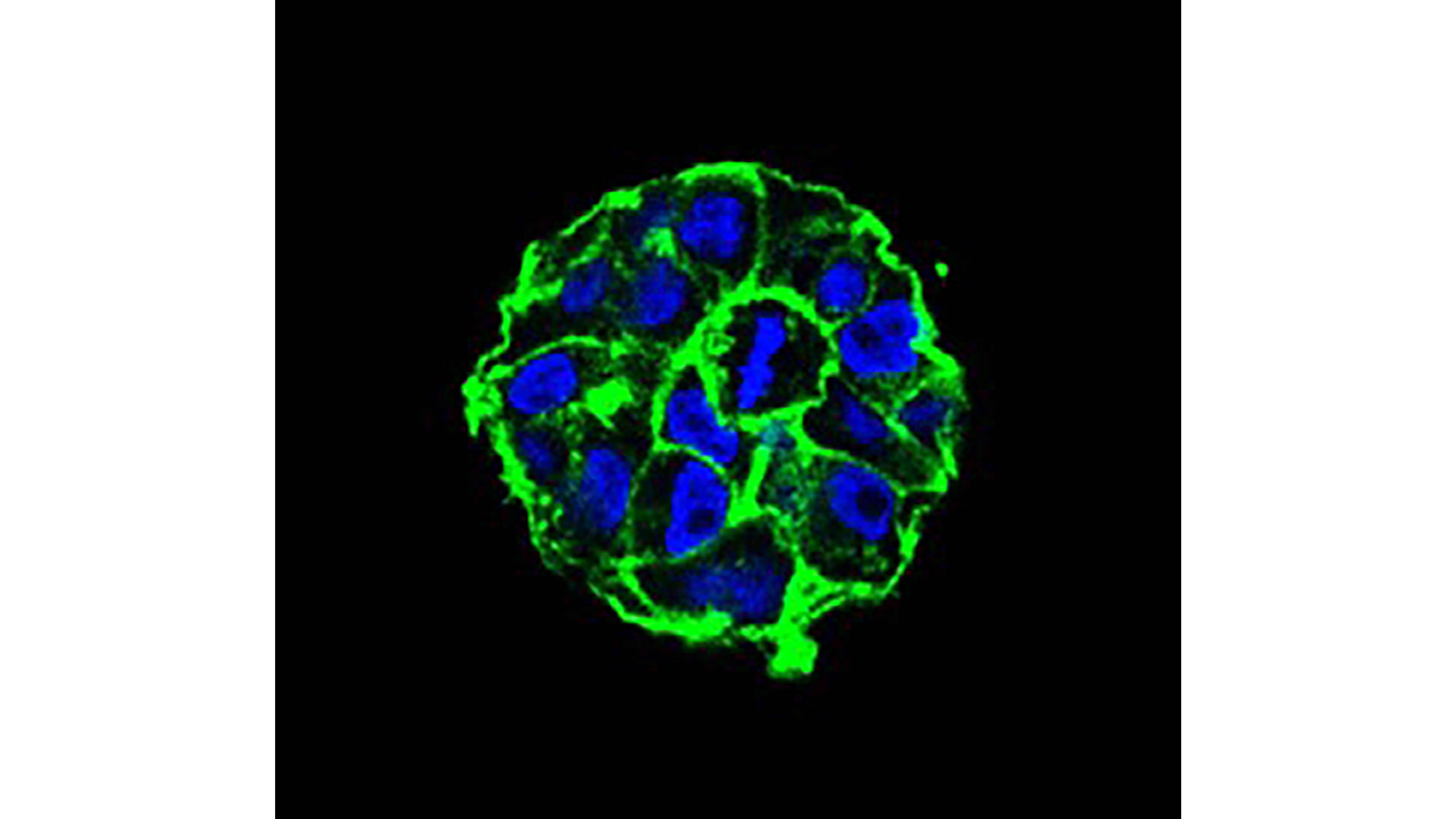
Cancer Research Expands Body’s Own Immune System to Kill Tumors
Scientists are hoping advances in cancer research could lead to a day when a patient’s own immune system could be used to fight and destroy a wide range of tumors. Cancer immunotherapy has some remarkable successes, but its effectiveness has been limited to a relatively small handful of cancers. In APL Bioengineering, researchers describe how advances in engineering models of tumors can greatly expand cancer immunotherapy’s effectiveness to a wider range of cancers.
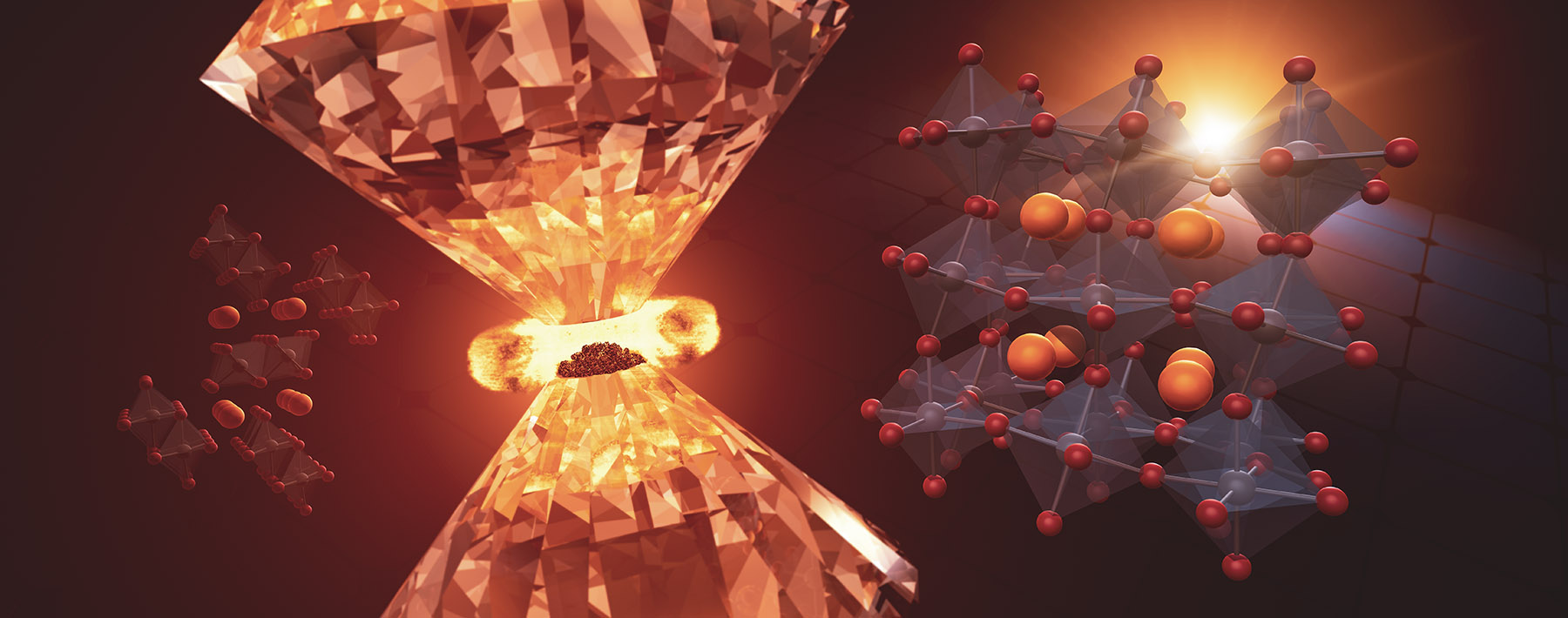
Squeezing a rock-star material could make it stable enough for solar cells
A promising lead halide perovskite is great at converting sunlight to electricity, but it breaks down at room temperature. Now scientists have discovered how to stabilize it with pressure from a diamond anvil cell. The required pressure is well within the reach of today’s manufacturing processes.
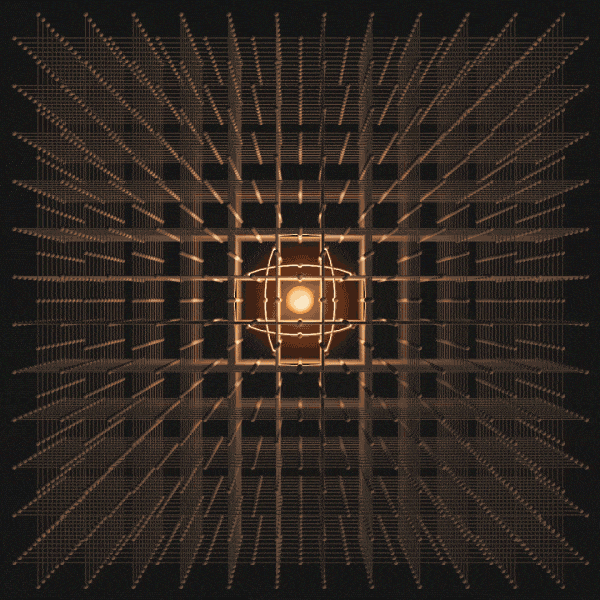
First glimpse of polarons forming in a promising next-gen energy material
Polarons affect a material’s behavior, and may even be the reason that solar cells made with lead hybrid perovskites achieve extraordinarily high efficiencies in the lab. Now scientists have directly seen and measured their formation for the first time.
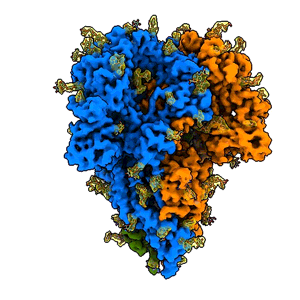
Scientists get the most realistic view yet of a coronavirus spike’s protein structure
The first detailed images of coronavirus spikes in their natural state, while still attached to the virus and without using chemical fixatives that might distort their shape, provide quicker, more realistic snapshots of the infection apparatus.
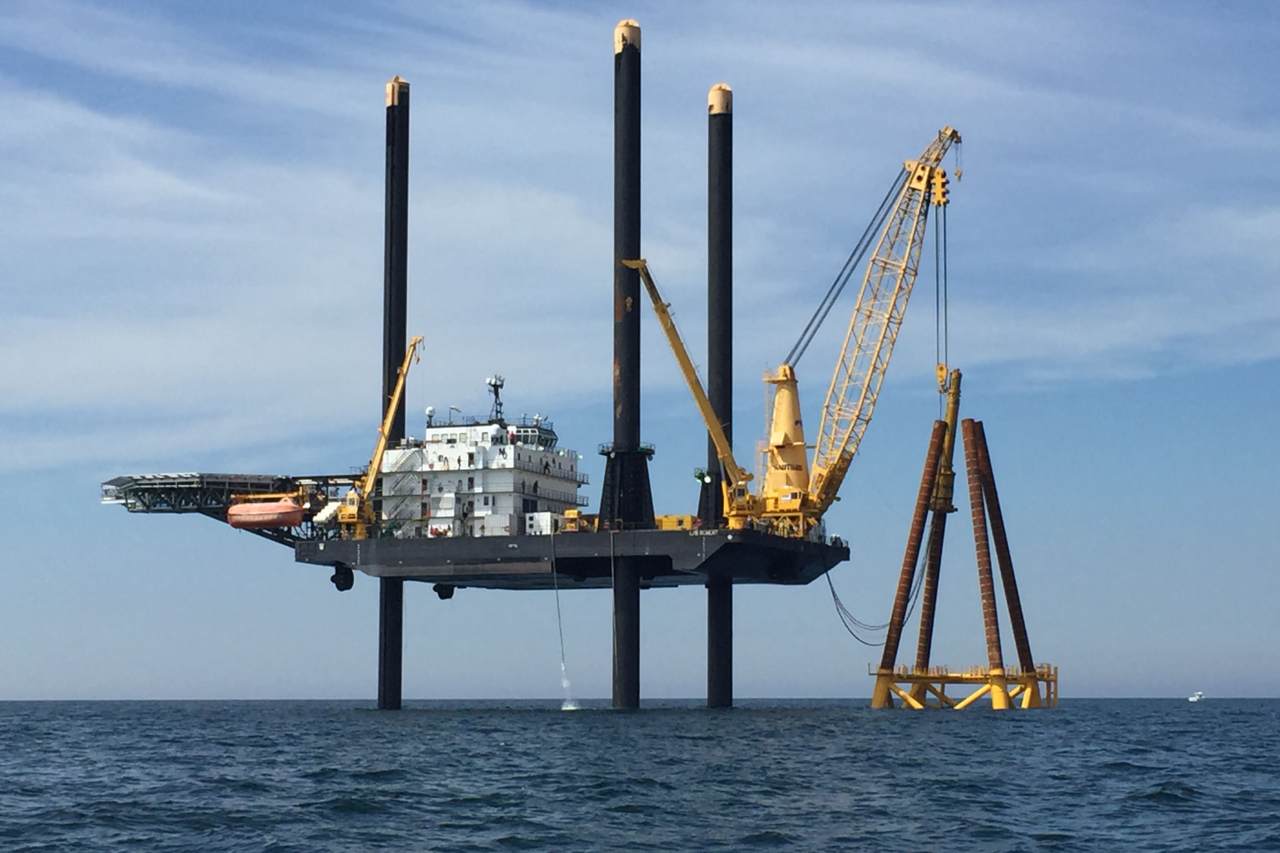
Planning Ahead Protects Fish and Fisheries
Conservation of fish and other marine life migrating from warming ocean waters will be more effective and also protect commercial fisheries if plans are made now to cope with climate change, according to a Rutgers-led study in the journal Science Advances.
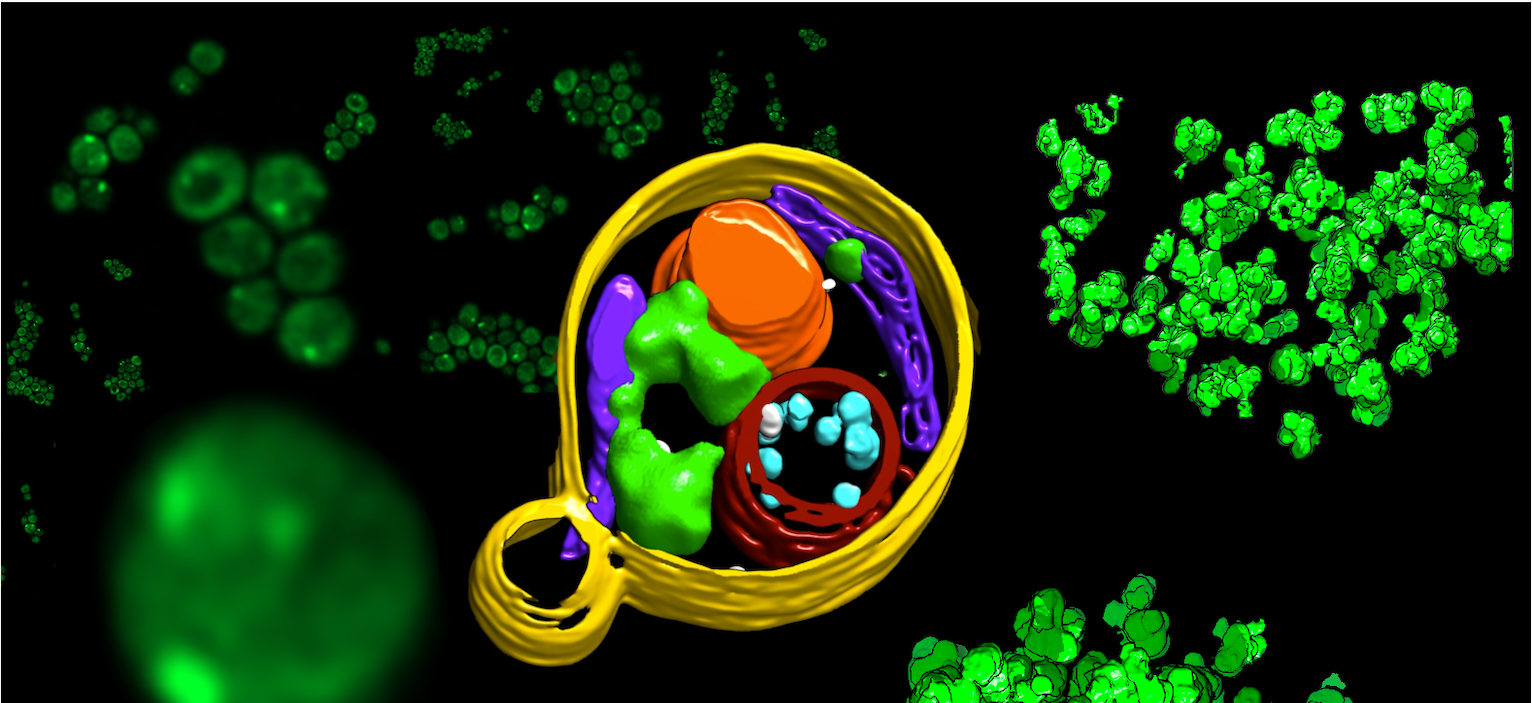
SLAC, Stanford to host national service center for cryo-ET sample preparation
The NIH is establishing a national service center at the SLAC and Stanford where biomedical researchers can learn how to prepare extremely thin specimens that are frozen into a glassy state for cryogenic electron tomography (cryo-ET), a powerful tool for directly visualizing cellular components in 3D.
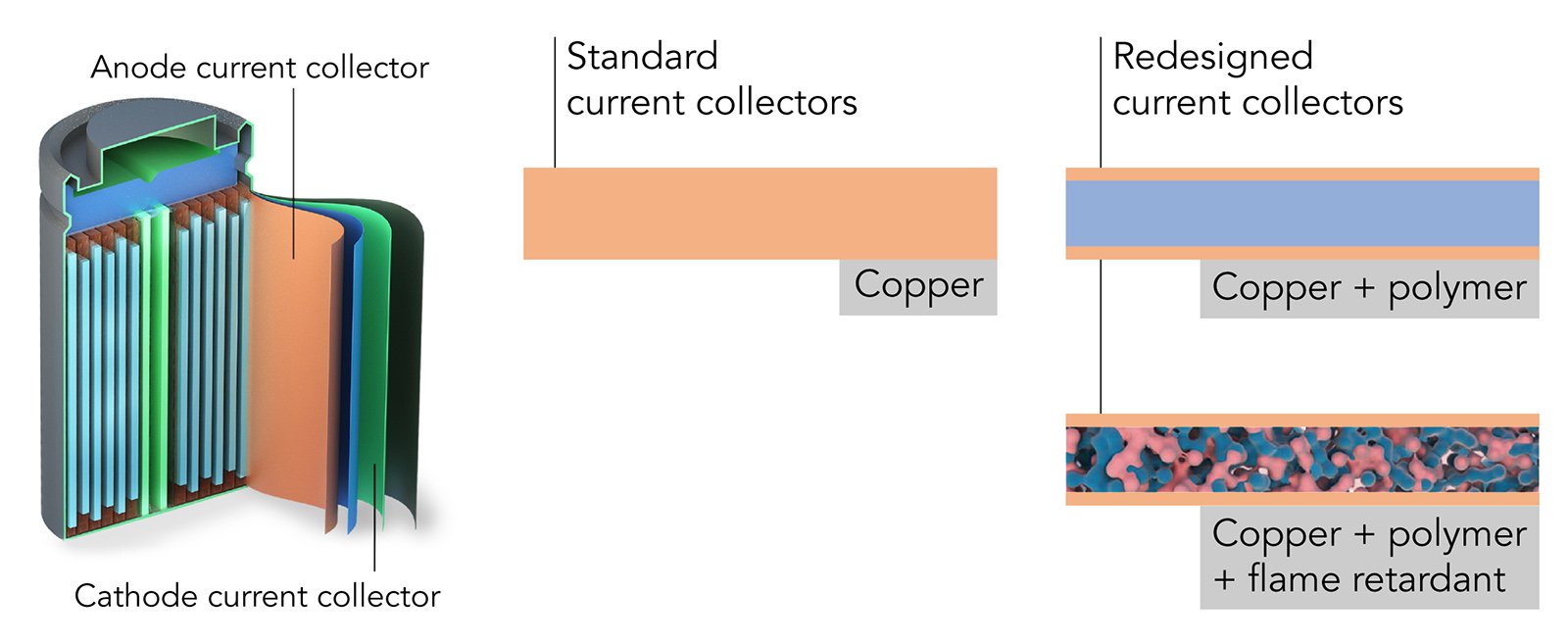
A new approach boosts lithium-ion battery efficiency and puts out fires, too
This new technology addresses two major goals of battery research: extending the driving range of electric vehicles and reducing the danger that laptops, cell phones and other devices will burst into flames.
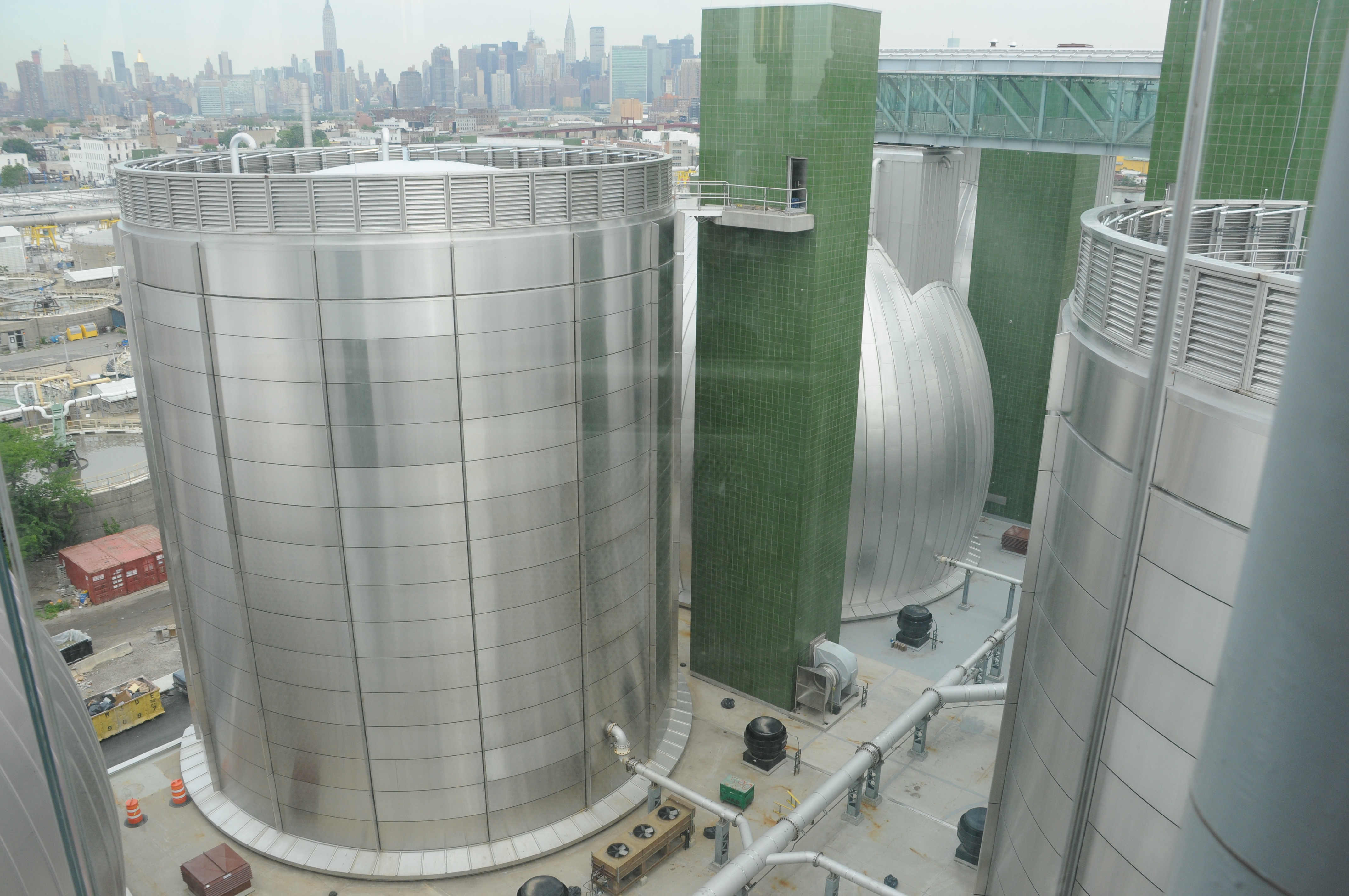
Researchers tracking COVID-19 in wastewater to join forces on framework for translating data into a public health response
Researchers from four institutions will create a “startup blueprint” that cities can use to implement SARS-CoV-2 surveillance at their area’s wastewater treatment plants. Funded by the Sloan Foundation, the action plan they develop could be used to monitor COVID-19 and other pathogens.
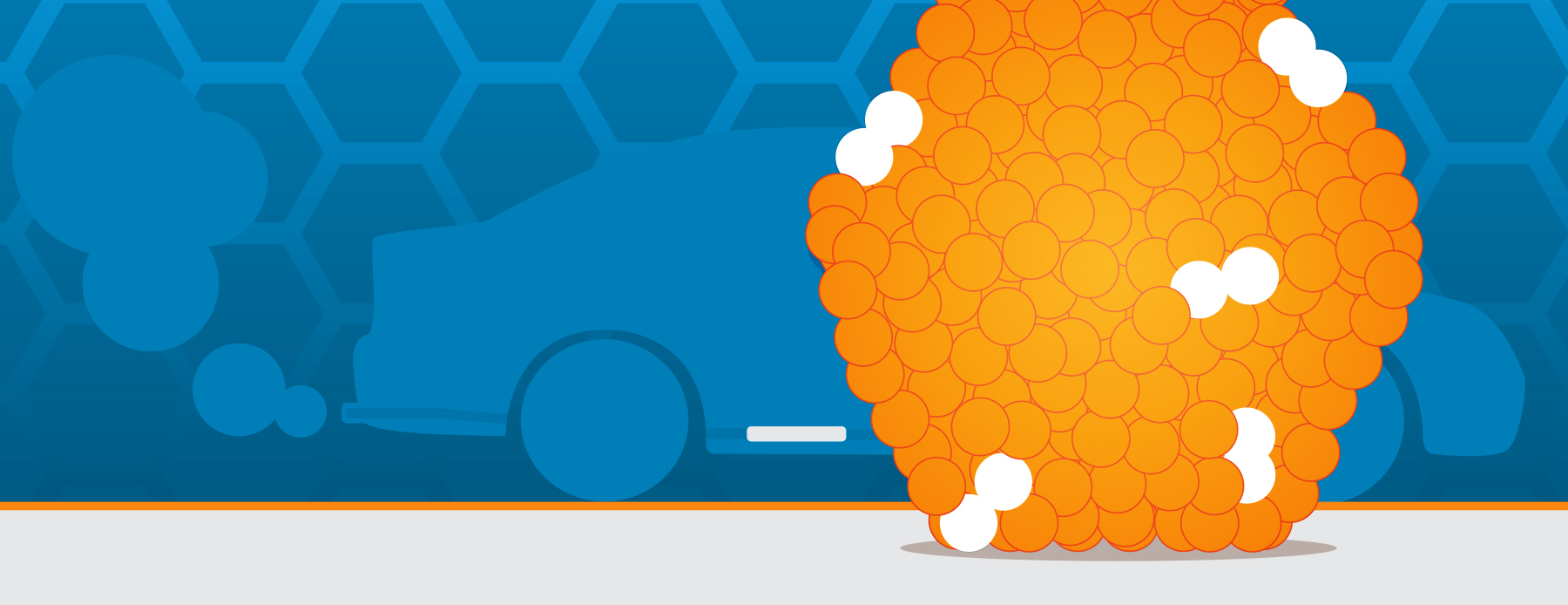
SLAC and Stanford scientists home in on pairs of atoms that boost a catalyst’s activity
A study identified which pairs of atoms in a catalyst nanoparticle are most active in a reaction that breaks down a harmful exhaust gas in catalytic converters. The results are a step toward engineering cheaper, more efficient catalysts.
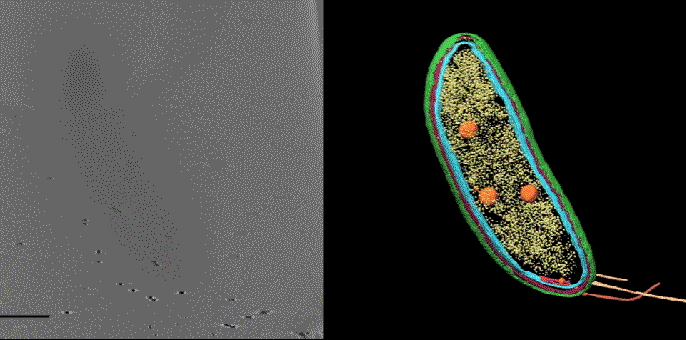
Scientists marry two powerful techniques to pinpoint locations of individual molecules in their cellular neighborhoods
Developed in the lab of Stanford University Nobelist W.E. Moerner, the technique combines cryoelectron tomography and low temperature single-molecule microscopy. It has potential to answer fundamental questions about the molecular machinery of viruses, parasites, and processes like photosynthesis.
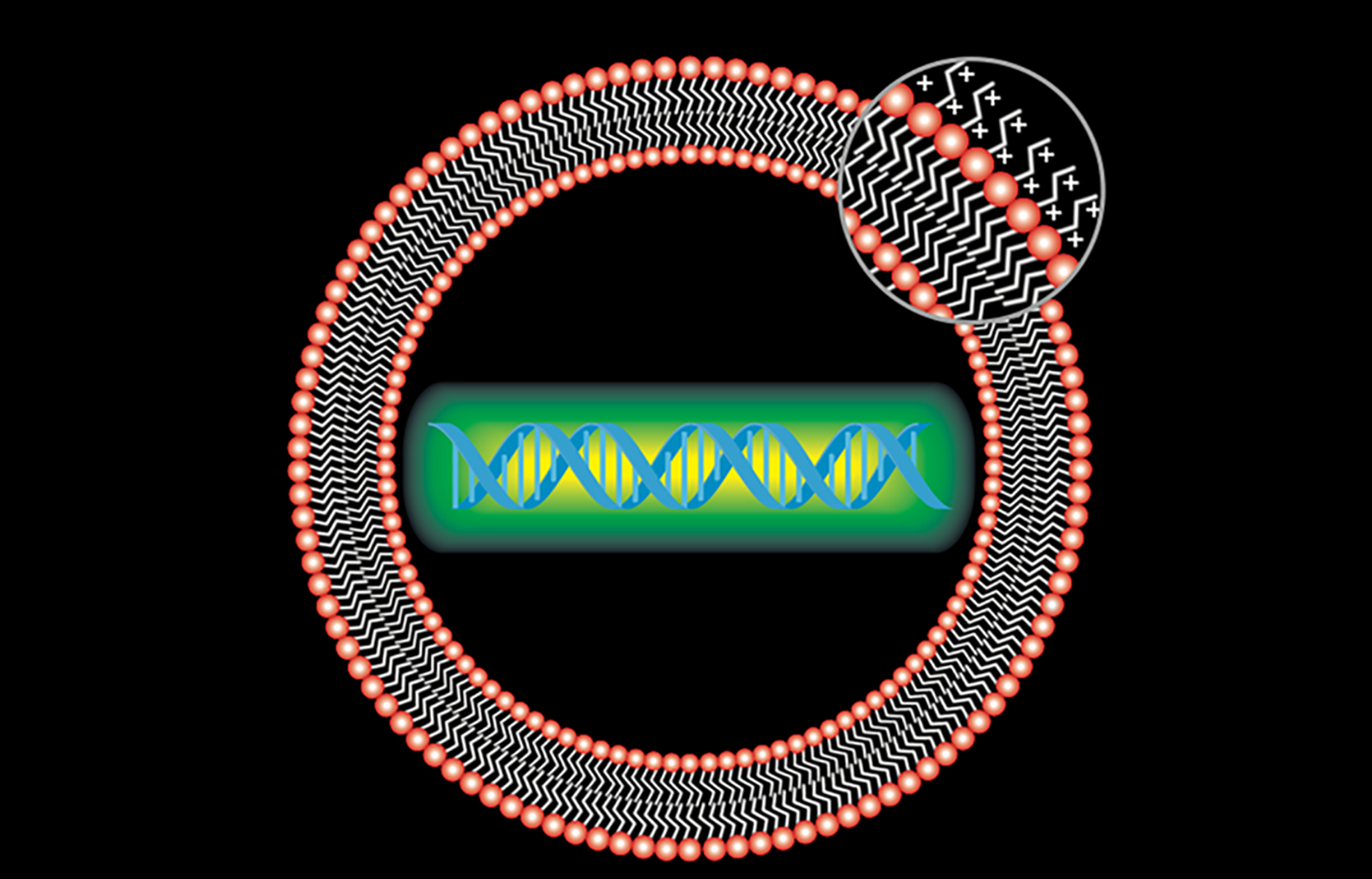
Scientists Aim Gene-Targeting Breakthrough Against COVID-19
Scientists at Berkeley Lab and Stanford have joined forces to aim a gene-targeting, antiviral agent called PAC-MAN against COVID-19.
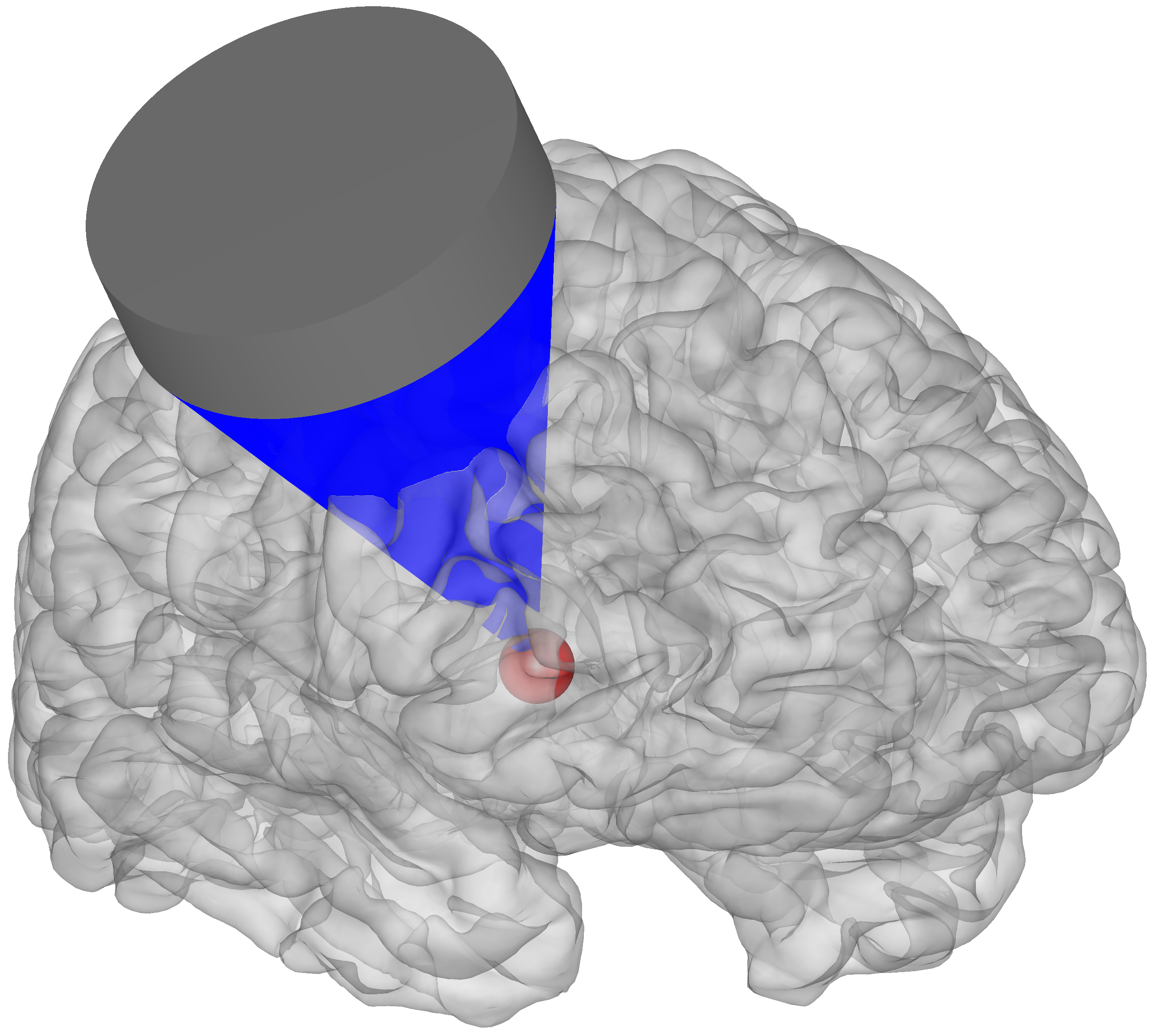
A sound treatment
University of Utah biomedical engineering assistant professor Jan Kubanek has discovered that sound waves of high frequency (ultrasound) can be emitted into a patient’s brain to alter his or her state. It’s a non-invasive treatment that doesn’t involve medications or surgery and has a unique potential to treat mental disorders including depression and anxiety and neurological disorders such as chronic pain and epilepsy.
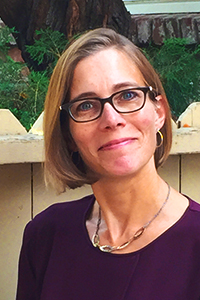
Upcoming Trimble Lecture with Elizabeth Kessler Highlights the Impacts of Hubble Imagery on May 7
The American Institute of Physics, celebrating the 30th anniversary of the launch of the NASA/ESA Hubble Space Telescope, is delighted to host a virtual presentation by Stanford University’s Elizabeth Kessler in an upcoming Lyne Starling Trimble Science Heritage Public Lecture. The lecture series is presented by AIP and features science historians and writers who study the role of science and technology in modern society and culture. “Hubble Space Telescope Images and the Astronomical Sublime” will be hosted virtually, Thursday, May 7 at 3:30 p.m. Eastern (U.S.).
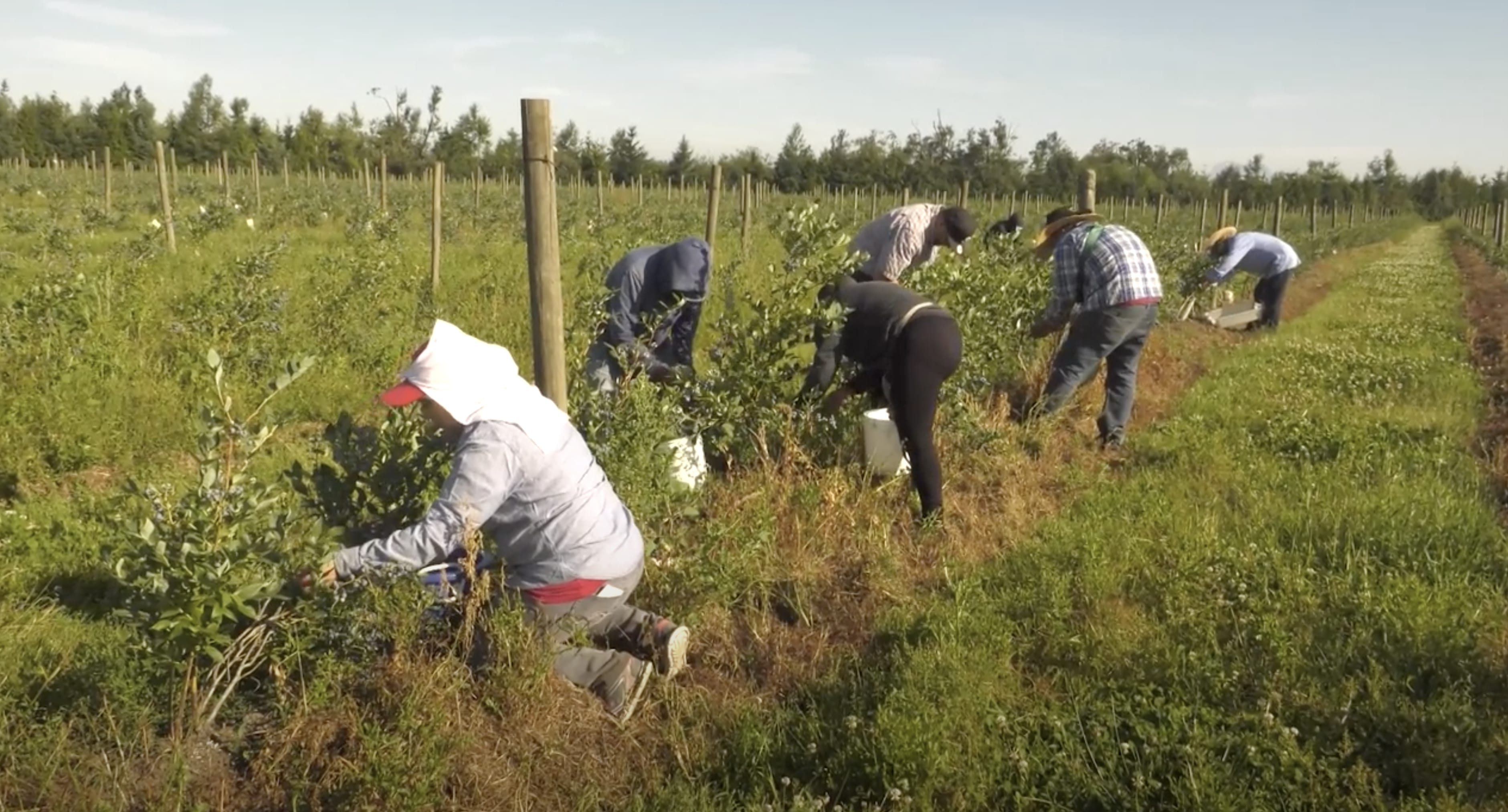
Agricultural pickers in US to see unsafely hot workdays double by 2050
The average number of unsafely hot summer days could double by 2050 and triple by 2100 in U.S. counties where agricultural crops are grown. The study also looks at different strategies the industry could adopt to protect workers’ health.
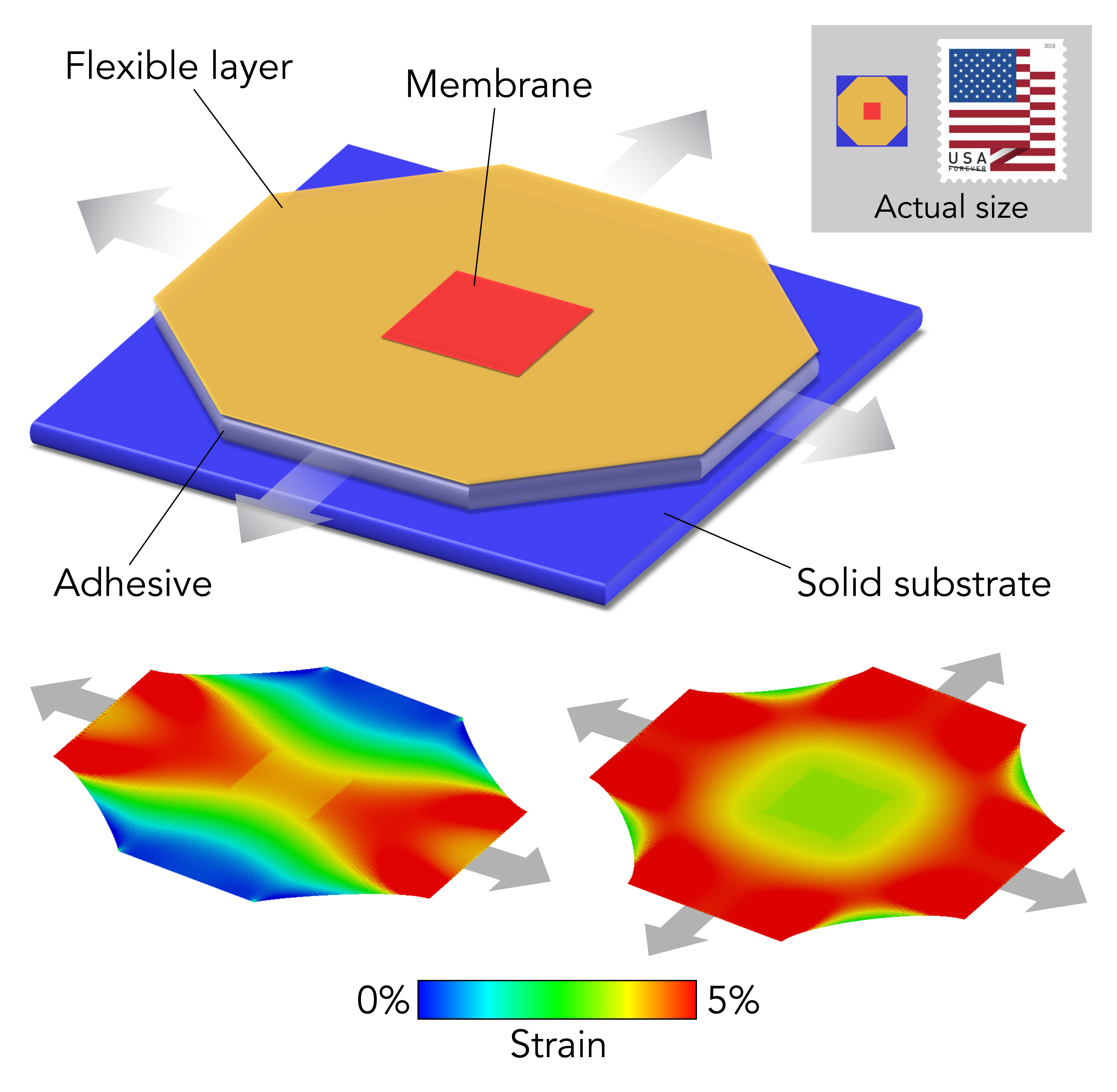
A new way to fine-tune exotic materials: Thin, stretch and clamp
Turning a brittle oxide into a flexible membrane and stretching it on a tiny apparatus flipped it from a conducting to an insulating state and changed its magnetic properties. The technique can be used to study and design a broad range of materials for use in things like sensors and detectors.
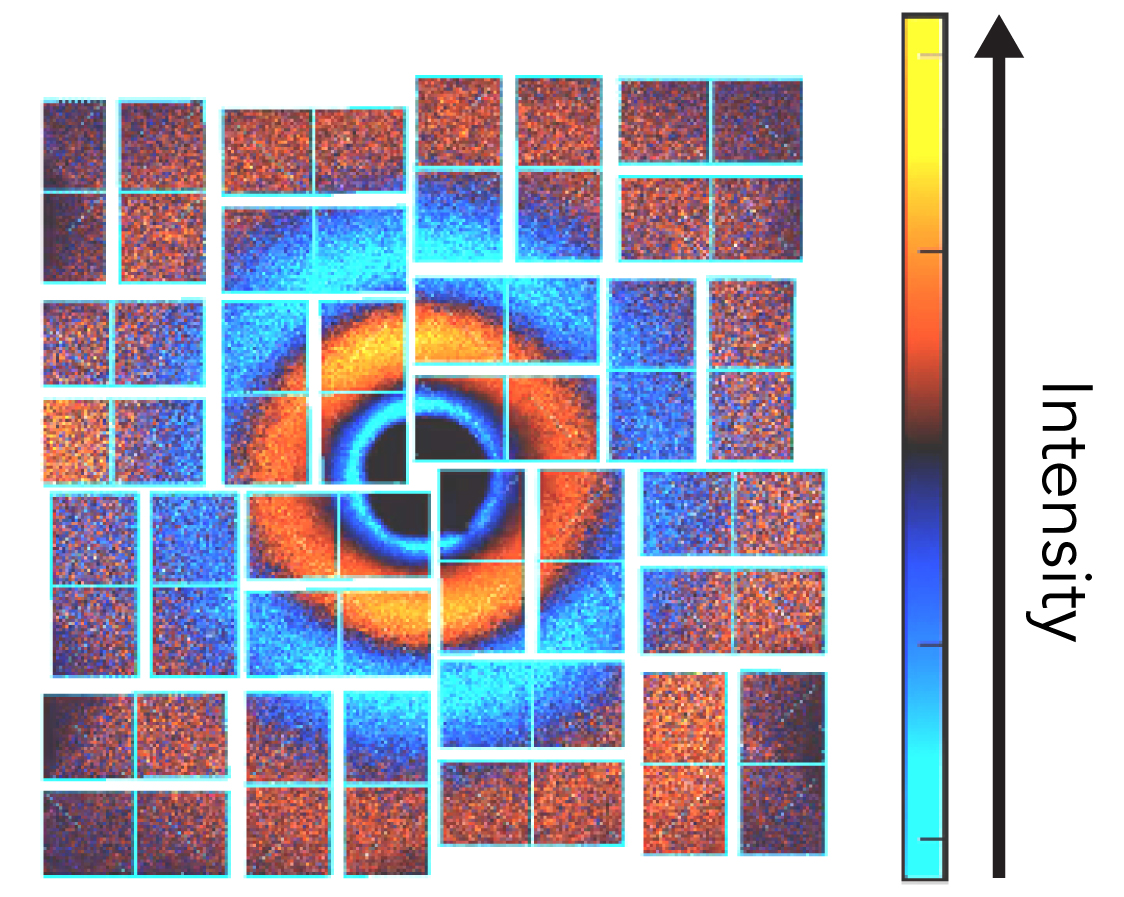
An advance in molecular moviemaking reveals the subtle, complex ways a simple molecule can shimmy and fly apart
Researchers observed atomic nuclei moving over distances of less than an angstrom in less than a trillionth of a second — a level of resolution that can only be achieved with an X-ray free-electron laser.
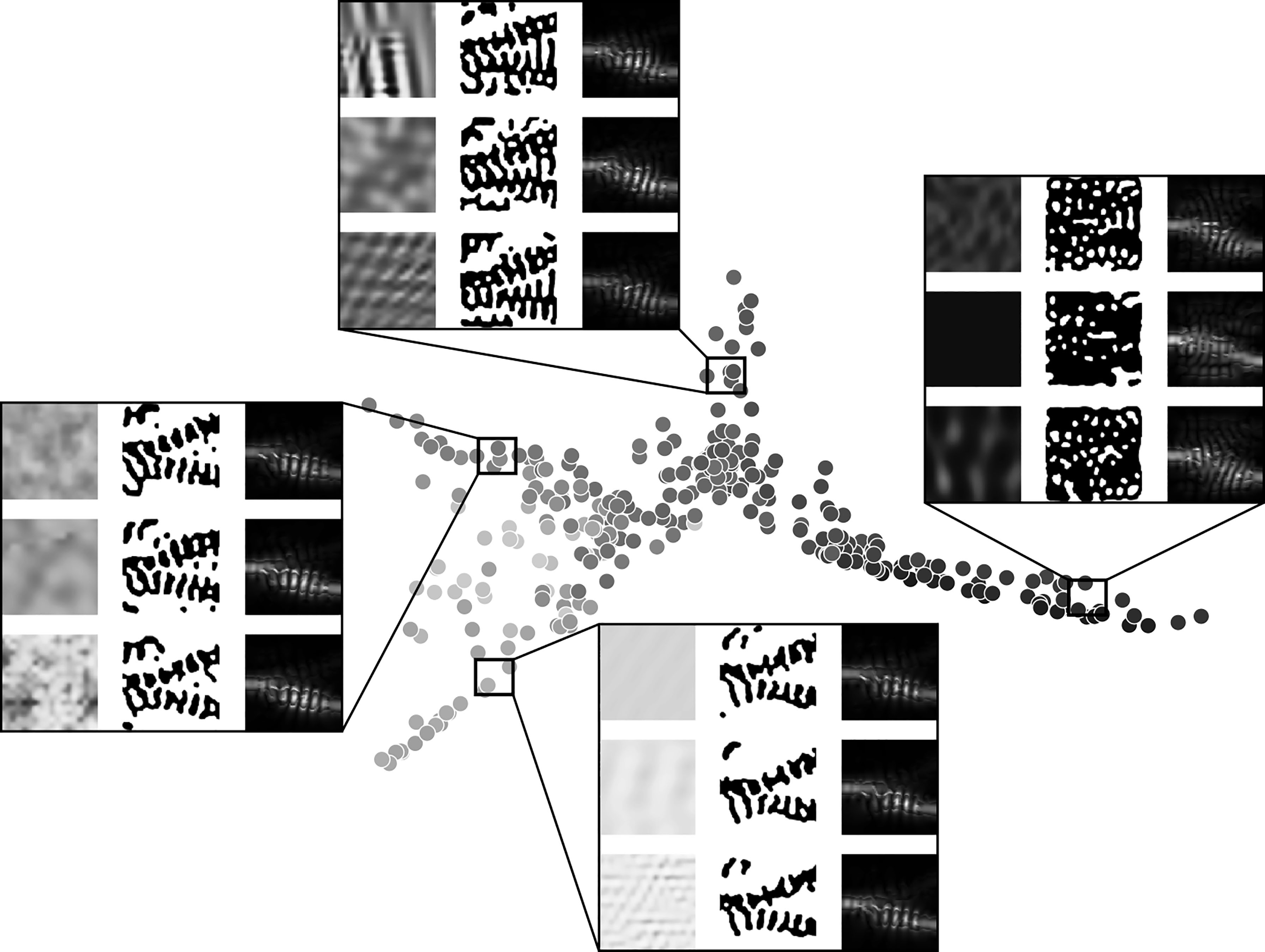
Inverse Design Software Automates Design Process for Optical, Nanophotonic Structures
Stanford University researchers created an inverse design codebase called SPINS that can help researchers explore different design methodologies to find fabricable optical and nanophotonic structures. In the journal Applied Physics Reviews, Logan Su and colleagues review inverse design’s potential for optical and nanophotonic structures, as well as present and explain how to use their own inverse design codebase.
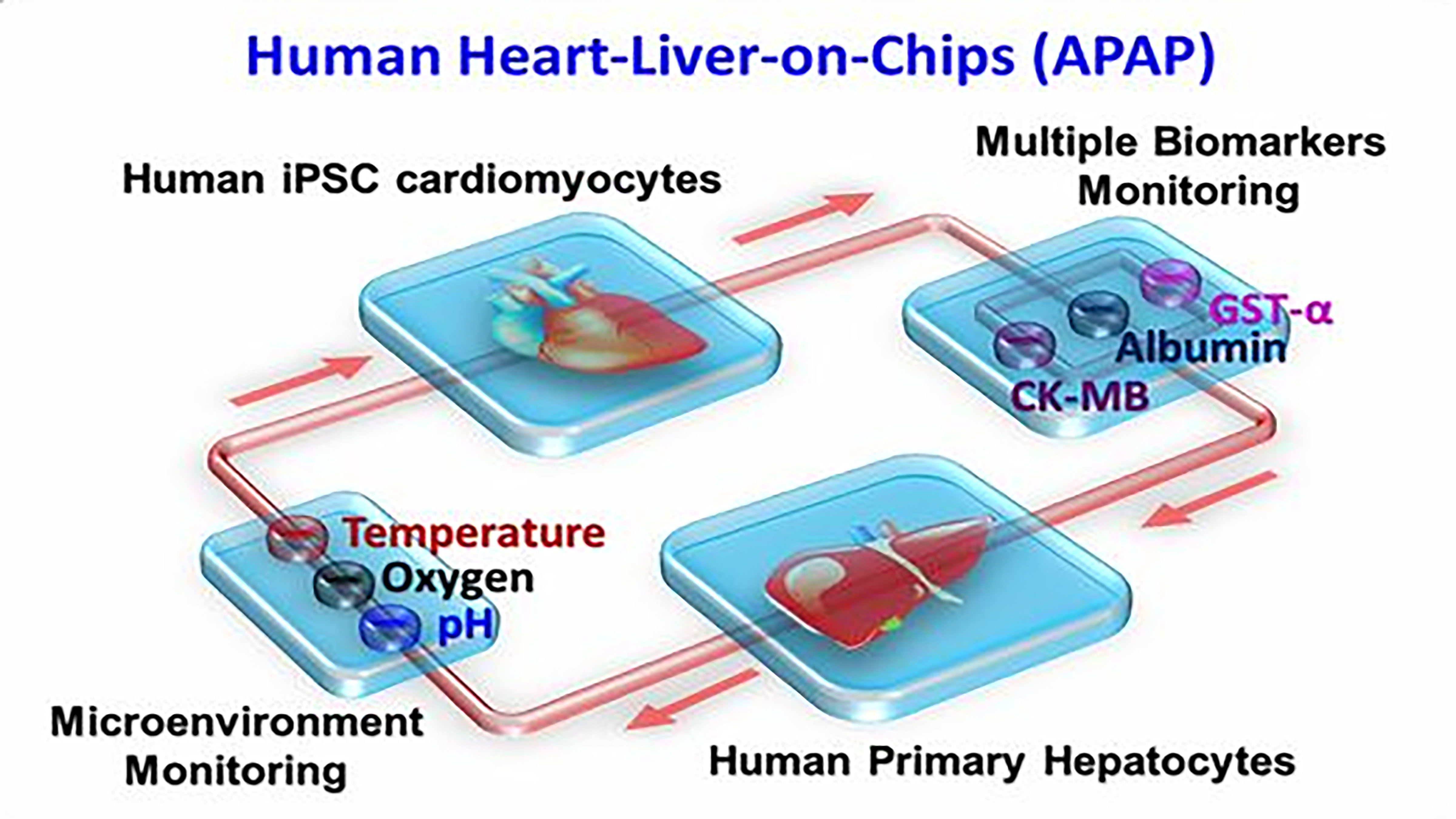
Advances in Computer Modeling, Protein Development Propel Cellular Engineering
A review of recent work in biophysics highlights efforts in cellular engineering, ranging from proteins to cellular components to tissues grown on next-generation chips. Author Ngan Huang said the fast pace of development prompted her and her colleagues to take stock of promising areas in the field as well as hurdles researchers can expect in coming years. They discuss their work in this week’s APL Bioengineering.

Researchers show how electric fields affect a molecular twist within light-sensitive proteins
A team of scientists from the Department of Energy’s SLAC National Accelerator Laboratory and Stanford University has gained insight into how electric fields affect the way energy from light drives molecular motion and transformation in a protein commonly used in biological imaging.
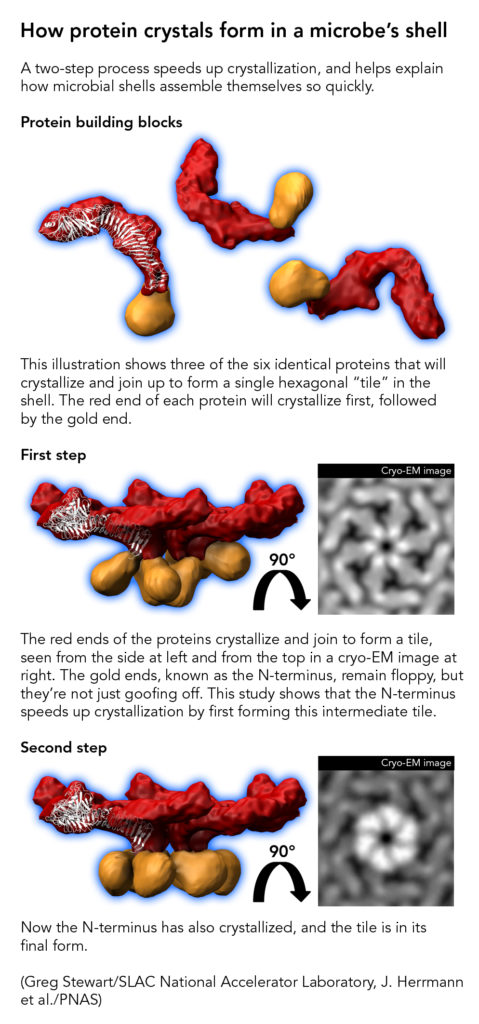
Scientists discover how proteins form crystals that tile a microbe’s shell
Many microbes wear beautifully patterned crystalline shells. Now scientists have zoomed in on the very first step in microbial shell-building: nucleation, where squiggly proteins crystallize into sturdy building blocks. The results help explain how the shells assemble themselves so quickly.